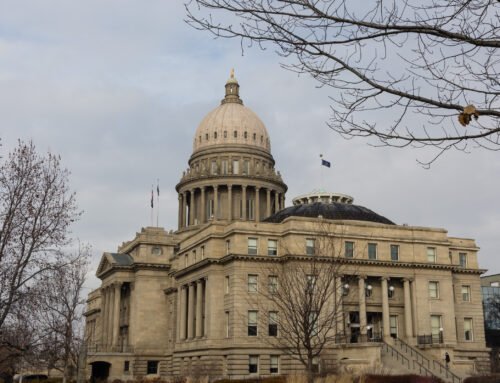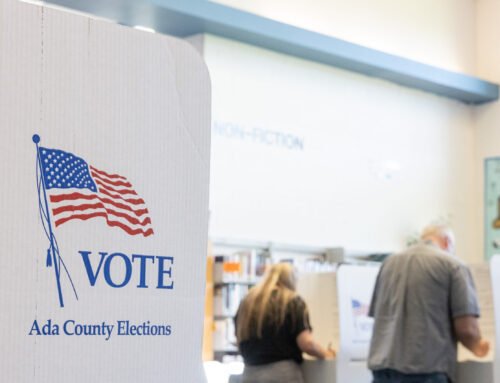Since 2012, information about how state government agencies spend money and what state employees earn has been publicly available online at Transparent Idaho.
And within a couple of years, all that information relating to local governments will be, too. The Idaho Legislature in 2021 passed a law requiring local governments — like cities, counties and school districts — to uniformly report their accounting information. That data is trickling into the website Transparent Idaho.
By 2025, the website will have information about all local government agency budgets.
But already, some of that info is available.
Transparent Idaho’s data on state government agencies lets people look deep into government finance — including transactions. Transparent Idaho lets users look up expenses, create data visualizations and download the data. Townhall Idaho, also run by the state, lists public meeting agendas and schedules for state agencies and boards.
“Local government transparency is not just a commitment; it’s the cornerstone of democracy itself,” Idaho State Controller Brandon Woolf said in a prepared statement. “Transparent Idaho is providing a tool for Idahoans to engage with their government on every level.”
Only information on budgets, fund balances and employee salary information are being shared about local governments right now, but Idaho Deputy Controller John Iasonides said the Idaho Controller’s Office plans to provide more “granular” details in the long run.
Data is available for all 44 counties in Idaho, and work is underway to add data on Idaho’s 199 cities next year and, later, more than 1,000 local taxing districts, such as fire, ambulance and water districts. The state is also working on making transaction-level data available for education entities, like school districts, charter schools and virtual schools, by early next year.
“That’s how you’re going to create trust,” Iasonides said.
Comparing Idaho local government financial data
The project seeks to make local government financial information comparable and all housed in one place.
“It’ll be that much more of a powerful tool for citizens in Idaho to get their information from,” Power County Clerk Sharee Sprague said of Transparent Idaho’s addition of local government data.
Power County was one of eight counties that piloted with the state to provide this data early on. She’s been thankful of how much the Controller’s Office has collaborated with her office, and she thinks the work to streamline information could even make her work easier.
By the end of the transition to reporting local government data to Transparent Idaho, Sprague hopes that changes into accounting procedures will make the annual reports she’s required to produce at the end of each fiscal year quicker.
Bingham County Clerk Pam Eckhardt said making county employee pay information so easy to find “was uncomfortable at first for employees.” The information was public beforehand, but to get it, members of the public would have to file requests for information, rather than being able to find it on a website.
But, on the other hand, a department in her county that had been denied pay increases several times used information on Transparent Idaho to compare pay rates to a neighboring county to successfully request a pay raise.
“A complaint initially turned out into a plus for employees,” Eckhardt said.
She credits the state’s controller’s office for the work to help local governments have uniform reporting practices.
“That was a really hard task, and they did a really nice job,” Eckhardt said.
For now, the state controller’s office is focused on building the foundational information on the website, Iasonides said, but it does have a “would be cool folder” for features it’d like to add down the line.
“This is just the tip of the iceberg,” Iasonides said.
GET THE MORNING HEADLINES DELIVERED TO YOUR INBOX






Leave A Comment